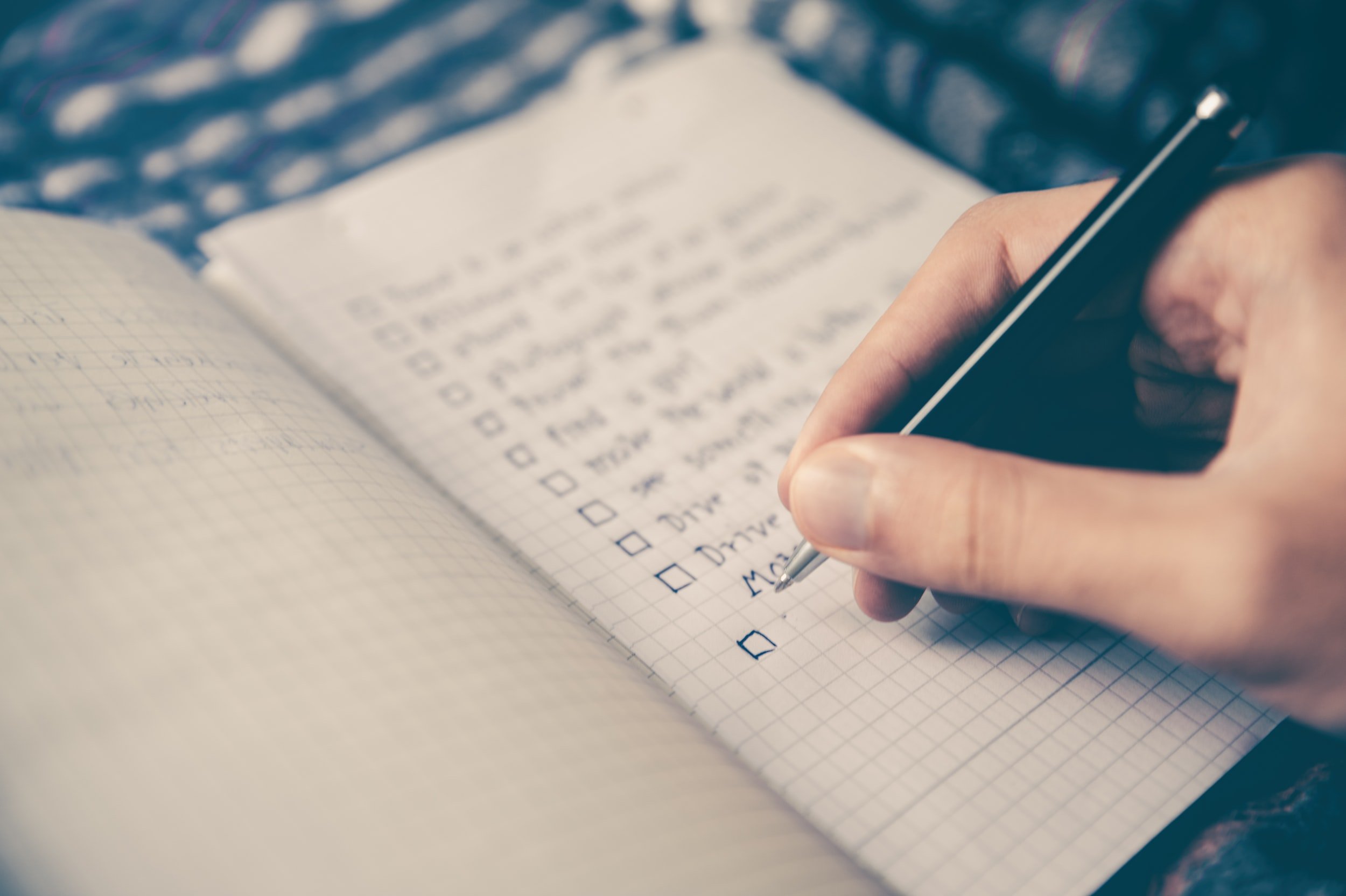How To Write The Best Essay Introduction Ever
An essay introduction, it's really the "make or break" moment of the impression your assignment will give to your professor.
Why is your essay's introduction important?
When your assignment has a strong introduction, it acts as a good foundation to the purpose of your assignment, what direction you're taking the topic and highlighting the elements/arguments you have chosen to focus on
. When writing your intro your purpose and goal should be to
Give a little trailer of what your assignment will be
Intrigue your readers and demand their attention
Present your assignment's topic and what is the crux of it.
For example, a good introduction to a History Of Braille assignment would be
The invention of Braille was a major turning point in the history of disability. The writing system of raised dots used by visually impaired people was developed by Louis Braille in nineteenth-century France. In a society that did not value disabled people in general, blindness was particularly stigmatized, and lack of access to reading and writing was a significant barrier to social participation. The idea of tactile reading was not entirely new, but existing methods based on sighted systems were difficult to learn and use. As the first writing system designed for blind people’s needs, Braille was a groundbreaking new accessibility tool. It not only provided practical benefits but also helped change the cultural status of blindness. This essay begins by discussing the situation of blind people in nineteenth-century Europe. It then describes the invention of Braille and the gradual process of its acceptance within blind education. Subsequently, it explores the wide-ranging effects of this invention on blind people’s social and cultural lives.
Here are the 5 goals you should aspire to achieve with the introduction:
Goal 1: Hook your reader
The first sentence or the "hook" of your introduction sets the tone for the entire assignment so make sure it gets the readers attention - keep it witty, concise and clear to make them curious about the rest.
The "hook" should also give your reader a sense of what your assignment is about - basically act like what a trailer would be for a movie. Your introduction gives out just enough info to reel them in!
Things to avoid: Steer clear from using dictionary definitions especially if they are more commonly known topics. For example, if you choose to start your intro with the definition of a computer your professor will probably just roll their eyes and judge you... And you obviously don't want that so always say no to definitions as your hook!
Examples: Writing a good hook
Take a look at these examples of weak hooks and learn how to improve them.
The internet was an extremely important invention.
The spread of the internet has had a world-changing effect, not least on the world of education.
The first sentence is a boring fact; the second sentence makes you curious - why is it world-changing for the education sector? Tell me more!
Goal 2: Give background information
Next, the most important thing your intro should offer is background information on your topic. Always assume your reader knows nothing about the topic, and start there. Always make sure to highlight the information that will specifically support the rest of your assignment. Some of the types of background information can be:
The historical, geographical, or social context of your topic
Outlining the current state of affairs if you are offering a debate argument
A summary of relevant theories or research
There are heaps of information on any topic available, so make sure you select the background information that is most relevant and clearly focused on your argument. Again, keep it concise and clear - resist the temptation of going into too much detail. Sometimes less is more!
Usually, they expect you to keep your intro to about 200-250 words so keep in mind how much space you want to offer to each part.
Goal 3: Present your assignment statement
The grand finale, stating what the purpose of your assignment is or what is that you're trying to present via this assignment. It's the magic 2 sentences that summarise your overall argument.
Essentially it is the goal to make it clear which side of the argument on and what part of the topic you are going to deep dive into your assignment.
For example, a good thesis statement would look like this:
As the first computer was designed to automate mathematical calculations, computers became a groundbreaking new accessibility tool. It not only provided practical benefits but also helped change the nature and speed of problem-solving
Goal 4: Map your essay’s structure
Give your reader a map of everything your assignment will cover in every section. Make sure every part make sure it's clear and concise.
For example:
This essay begins by discussing the original purpose of computers. It then describes the evolution of the use of computers and how it became the multi-purpose device it is now. Subsequently, it explores the wide-ranging effects it's had on society and the emergence of a digital society.
Goal 5: Check and revise
In my opinion, it was always easier when I left my introduction and executive summary as the last part to write because incase after research and speculation the direction of the assignment changes you would have wasted time writing your intro that you can no longer use - and you definitely want to avoid that kind of frustration!
If your introduction doesn't match your assignment it can throw the reader off and confuse them resulting in a lower grade, it's a big no-no!
Here's a checklist that can help you make sure you write the best assignment introduction there is!
Checklist: Essay introduction
My first sentence is engaging and clear
I have given sufficient background information regarding my topic
I have defined any important terms.
The purpose of your assignment is clear and indicated the main point or argument.
The introduction aligns and accurately represents the rest of the assignment!
You've aced the introduction, and if you need more help we have also created a guide that can help you with the rest of your assignment!





